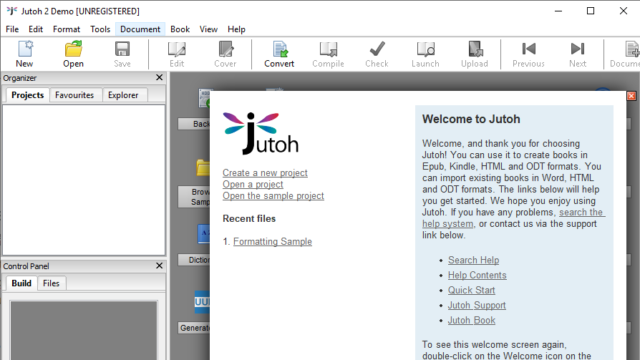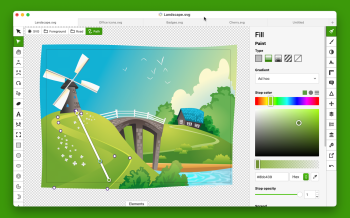
ncx extension (traditionally toc.ncx), which contains the hierarchical table of contents for the EPUB, however this file is optional as it is not part of the EPUB specification. opf file (traditionally named content.opf) is a key component this file contains the metadata for the EPUB, and is in turn referenced by the aforementioned container.xml file. The OEBPS folder is the location where all of the publication's content (HTML files, images, audio, video, etc.) is stored subdirectories are allowed but not mandatory.opf file) of all the files used by the publication. The META-INF folder contains an XML file ( container.xml) which directs the e-reader device or application to an inventory (an.The META-INF and OEBPS directories and the mimetype file are required components, and are an important part of what constitutes an EPUB: The unzipped contents should look like this:
#Jutoh manual archive
Start by decompressing or 'unzipping' the EPUB file using the built-in archive utility of your computer operating system, or archiving/compression software such as The Unarchiver (Mac), WinZip (Windows), etc.

#Jutoh manual zip
As explained above, the EPUB is a compressed ZIP archive. Examining this structure will help us understand how an EPUB is put together. 2ĭecompressing an EPUB file will reveal its internal folder (or directory) structure.
#Jutoh manual how to
1įor a better understanding of the following explanation of what an EPUB is and how to create one, we suggest downloading a working example of a rudimentary EPUB, which can be found on Toolkit project's GitHub page (a direct link can be found in the footnote). In some cases this can be done simply by renaming the '.epub' extension to '.zip'. Any file archiving software that can handle ZIP files can open and decompress an EPUB. As such, it is a compressed collection of HTML files, style sheets and images, much like the files found on a website, compiled together with some extra files which define the format and structure of the documents so that an e-reader can display them. Making an EPUB from scratch, or manually, is useful for creating small and simple publications, for creating or modifying publications that make extensive use of the particularities of the EPUB format, or in order to explore and better understand the functionalities and inner workings of this format, which is what we will now do.Īn EPUB file is in fact a ZIP archive, but with the filename extension '.epub' instead of '.zip'. This means that all pages or images displayed must be part of the collection.
#Jutoh manual Offline
The main difference is that while websites can and often do embed material located elsewhere on the internet, an EPUB is 'self-contained' and made for offline reading. The process of creating an EPUB from scratch is similar to that of developing a simple website.

However, before exploring in detail any of these do-it-yourself tools, we will first explain what an EPUB contains, how it works, and how to make one from scratch.

For very simple publications, it may be possible to use a software tool that directly converts your document to EPUB.

Since the EPUB standard is open and based on HTML (the same standard used for designing web pages), there's an increasingly large number of ways of converting and exporting different types of source file formats to EPUB. Making an EPUB doesn't have to be a complicated process.


 0 kommentar(er)
0 kommentar(er)
